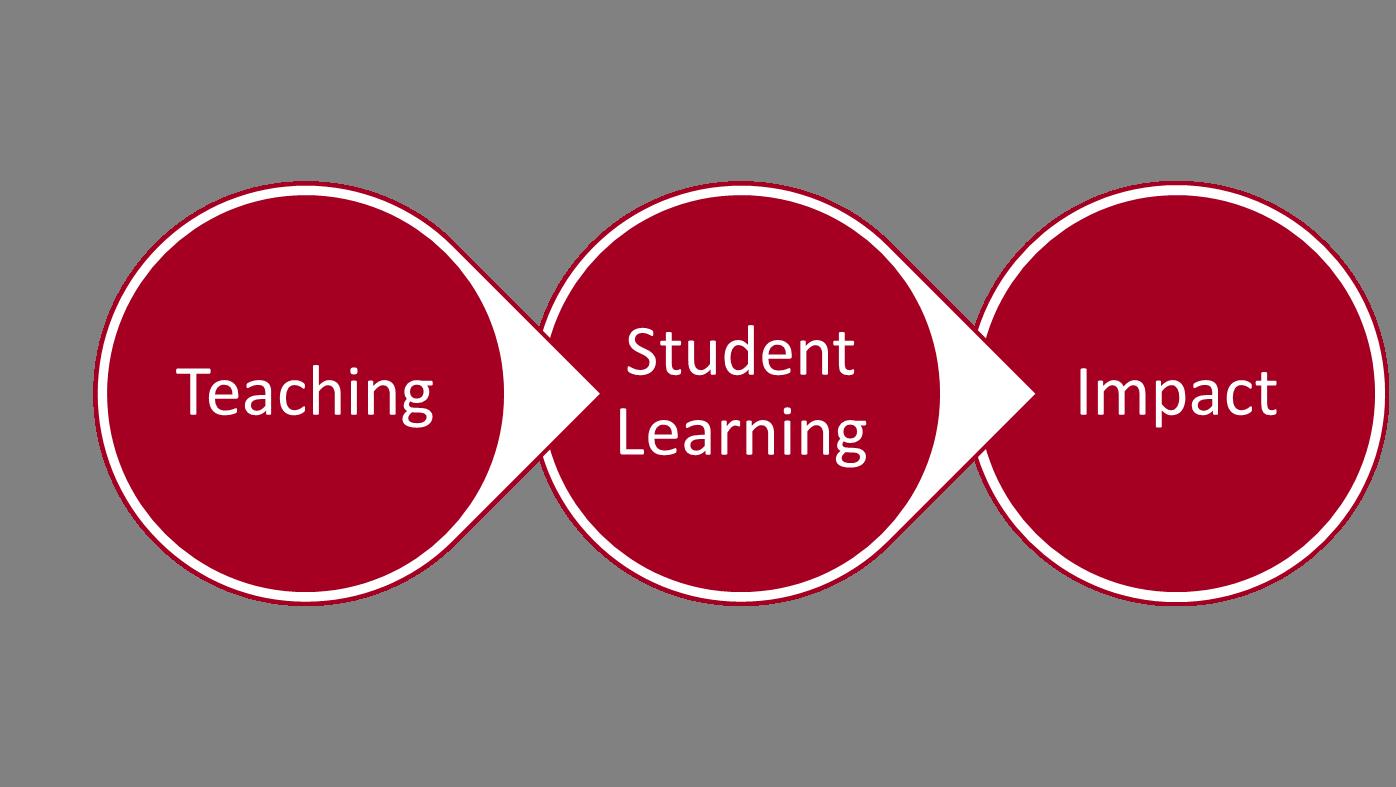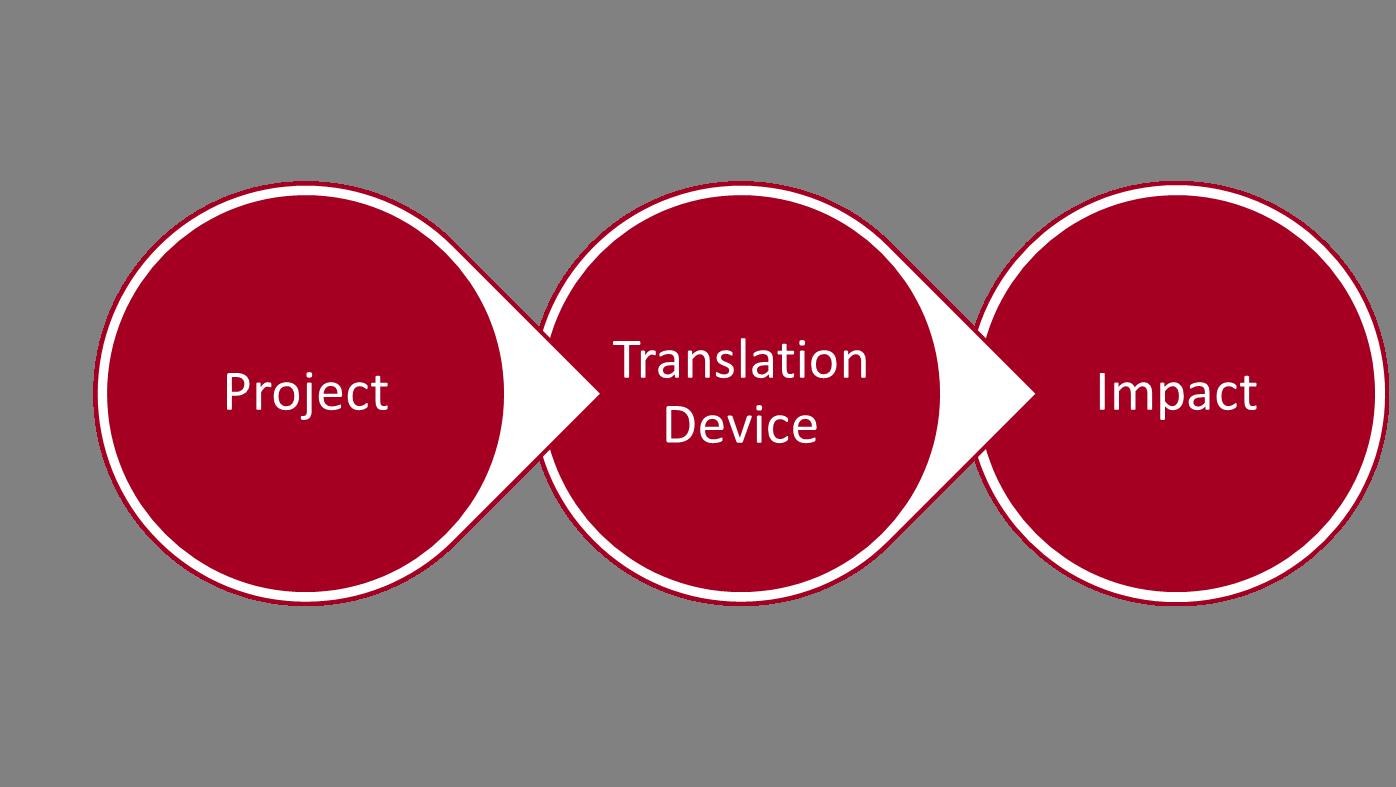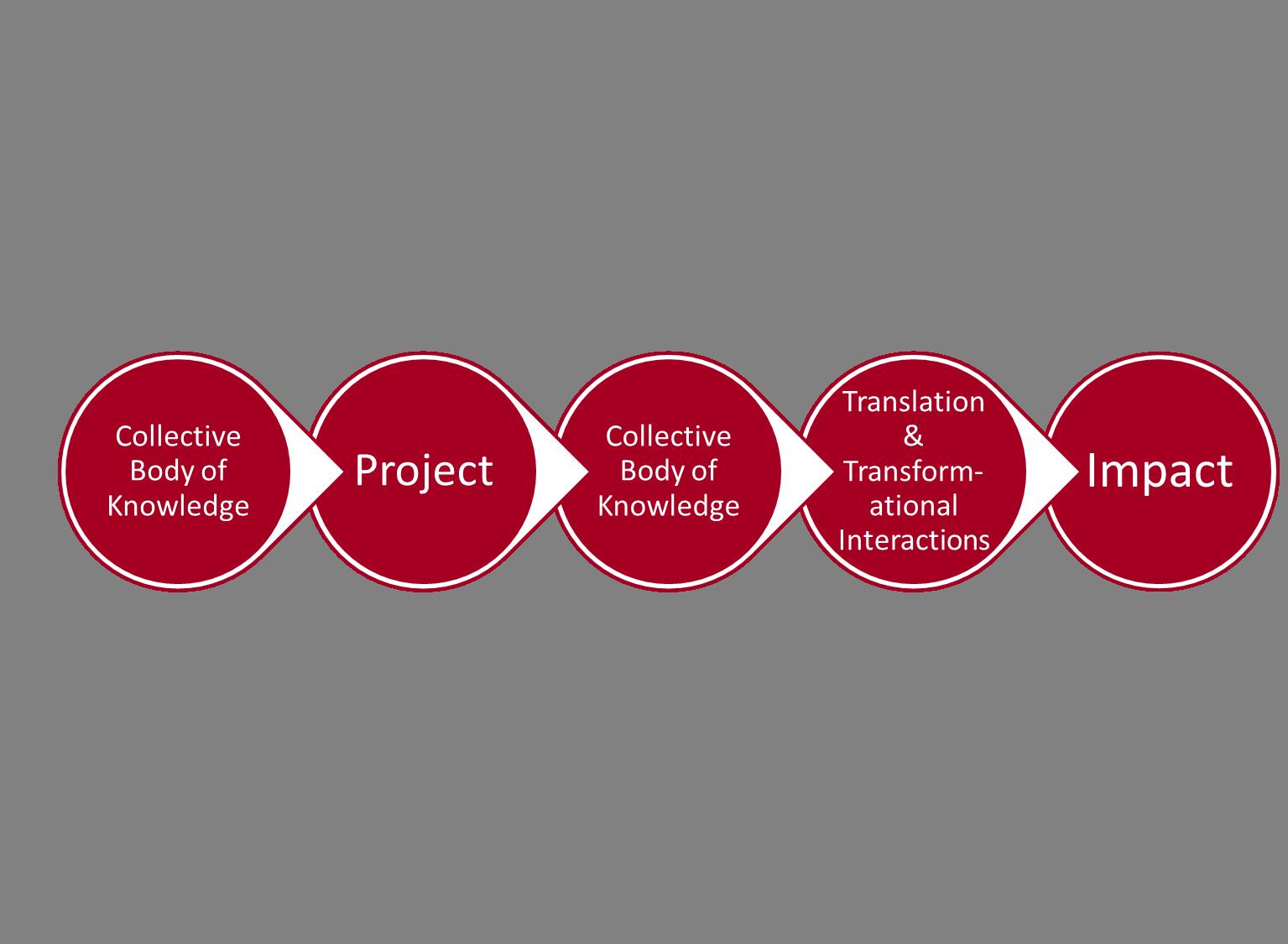There has recently been an increased focus on questions about the impact of university teaching. Debates around the teaching excellence framework in England and the Organisation for Economic Cooperation and Development's Assessment of Higher Education Learning Outcomes (Ahelo) are largely about measuring the ways in which high quality teaching impacts on students and society. Typically these debates have drawn on what we have learned about the measurement of the impact of research and applied this to the measurement of the impact of teaching.
I want to consider this issue from the other perspective: how might more than 30 years of research into teaching and learning in higher education inform our understanding of the nature of impact and the ways in which we conceptualise and measure the impact of both teaching and research? In doing so, I argue that while popular discourse and policy tend to focus on the inspirational individual teachers and researchers who change the world, in reality these changes are much more the result of collective and communal endeavours.
One of the most vexed questions about teaching and learning in higher education is "how does teaching lead to student learning"? What the body of research has shown time and again is that there is a clear distinction between what is taught and what students learn from particular teaching and learning interactions. This leads to the refrain: "teaching something is not the same as students having learned it". This way of conceiving the relationship between teaching and learning leads to the following way of understanding the impact of teaching.

If we take this way of thinking about impact and ask "what has impact?" and "who owns the impact?", then the answer is simple. It is teaching and learning that has impact and it is the teachers and the students who own that impact. Thus it is easy to assign the value of this impact to particular institutions as is proposed in the TEF.
However, if we think a little deeper about the nature of teaching and learning, then we begin to ask questions about what is taught and what is learned and how this shapes the nature of the impact of teaching. This leads us to questions of the nature of the curriculum and its influence on student learning. Unlike research into schooling, research into higher education has been very slow to ask questions about curriculum. This probably reflects the level of academic freedom academics and departments have in shaping their curricula in higher education compared with compulsory education.
In thinking about curriculum, Basil Bernstein’s work on the "pedagogic device" offers a very powerful conceptualisation of the ways in which knowledge is transformed as it moves from the outcomes of research, to a curriculum that is designed for students, to the understandings that students develop of that curriculum. Bernstein emphasises that at each of these stages there are power struggles over what is defined as legitimate knowledge. The outcomes of these struggles mean that, as knowledge-as-research moves to knowledge-as-curriculum, the logic changes so that the curriculum is based on a different logic to that of research knowledge. A similar transformation happens when students’ engage with the curriculum and relate it to their previous understandings and experiences. If we apply this understanding to our question of the nature of the impact of teaching, then we end up with a much more complex sense of what is going on. This is represented in the following diagram:

If, taking this way of thinking about the relationship between teaching and learning, we ask "what has impact?" and "who owns impact?", then our answers change. As well as the students and the teachers, the collective body of knowledge that is drawn upon to form the curriculum plays a key role in developing impact and clearly has ownership of some of this impact. This means that assigning the value of this impact to particular institutions becomes much more problematic.
If we apply this thinking to research impact then we find some interesting similarities. First, the way in which research impact is handled by funders of research in the UK and internationally is very similar to the initial model of teaching impact. In this case, individual projects are seen to have impact. We even have a mantra that is similar to "teaching is not the same as learning" but in this case it is "dissemination is not the same as impact". Thus our initial model of impact shows how the outcomes of a particular project need to be translated into impact through activities that make the outcomes of research usable by practitioners and policymakers:

Again, if we ask "what has impact?" and "who owns the impact?", then the answers are straightforward. It is the project that has impact and owns the impact. This is the approach that is taken by research councils and within the UK research excellence framework.
However, if we think about research impact from the perspective of Bernstein’s pedagogic device then things become much more complex. This is because any research project is informed by and contributes to a collective body of knowledge. Thus impact looks very different:

If we ask "what has impact?" and "who owns impact?", then things again become much more difficult. This is because collective bodies of knowledge are playing a crucial role in producing impact. Thus it becomes very difficult to convincingly claim that it is individual projects and researchers that have and own the impact. Equally this approach highlights the vital role that is played by those who participate in transforming these collective bodies of knowledge into ideas and technologies that can be used by practitioners and policymakers. Finally, using this approach highlights that claiming impact is not a neutral process; rather it is a process in which there are power struggles and contestation over what is recognised as impact and who is seen as owning that impact.
All this suggests that our current approaches to understanding the impact of both teaching and research are individualised and ahistorical. A rich understanding of impact highlights how it comes from collective endeavours rather than individual projects or institutions. While there are understandable pressures to show the impact of both publicly funded research and university education, it makes much more sense to measure this at the level of higher education systems. This would be far more meaningful than maintaining the pretence that it is individual projects or institutions that own the impact that higher education has on the wider world.
Paul Ashwin is professor of higher education at Lancaster University and a researcher in the Centre for Global Higher Education at the UCL Institute for Education, which is funded by the Economic and Social Research Council and the Higher Education Funding Council for England.
Register to continue
Why register?
- Registration is free and only takes a moment
- Once registered, you can read 3 articles a month
- Sign up for our newsletter
Subscribe
Or subscribe for unlimited access to:
- Unlimited access to news, views, insights & reviews
- Digital editions
- Digital access to THE’s university and college rankings analysis
Already registered or a current subscriber? Login








